a day of salvage and urban archaeological excavation at a 19th century chicago two-flat residence
This entry was posted on November 28 2014 by Eric
early in the afternoon we arrived at the job site during a momentary pause as the wreckers were refueling their backhoe. we took advantage of that time to quickly assess the unusually large, double lot, containing a single victorian era red brick two-flat residence constructed in the 1880's.
i must admit, from the very beginning, it was incredibly hard to focus and get into my "zone" since my herniated discs and sciatica were pushing my pain level nearly off the scale. it didn't help that it was unusually cold with snow flurries all around me. not only does the pain interfere with the excitement of discovery, but makes even the simplest tasks overwhelmingly daunting. the before, during and after phases of removing, say a mantel, was impossible for me to even think of doing with my own hands. with back surgery already on the horizon, i need to be as careful as humanly possible, which just breaks my heart. i'm relegated to pointing, advising and documenting the process with a camera and salvage crew to carry out the tasks. nothing more, nothing less.
the house set to be demolished was a typical two-flat red brick residence constructed in the 1880's. it sat on a double lot, which at one point was occupied by two residential structures - likely from the same era, based on the housing in the surrounding neighborhood. research will be conducted once sanborn insurance maps and other research materials have been reviewed.
unlike most salvages, i viewed this one as part reclamation of architectural artifacts and part urban archaeology, where i would make an effort to locate privy pits during the excavation phase of both lots in preparation for new construction.
the first and second floor units contained fanciful eastlake style fireplace mantles with lightly incised abstract floral motifs. remarkably, the original "faux" marble painted finish was largely untouched on both mantles. unfortunately, the tile surround and gas inserts were removed before we arrived.
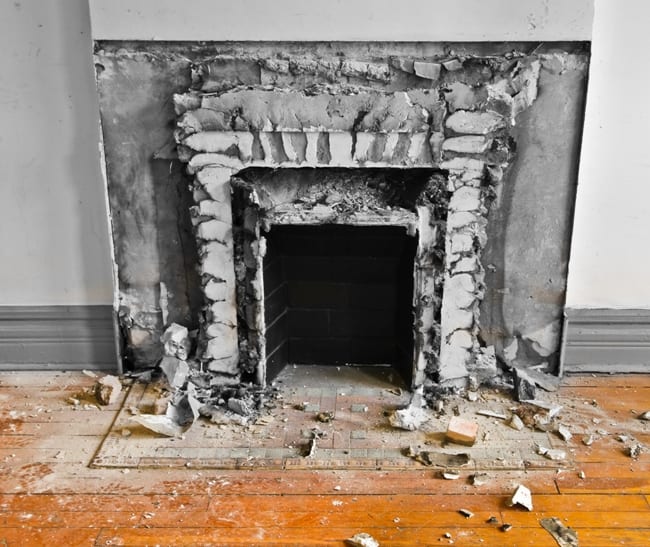
we did however, salvage nearly all of the distinctive hearth tile (us encaustic tile works, indianapolis, ind.). despite the typical surface wear from years of foot traffic. each hearth contained a "hodgepodge" of unique ornamented ceramic tiles in various sizes and brightly colored majolica glazes.
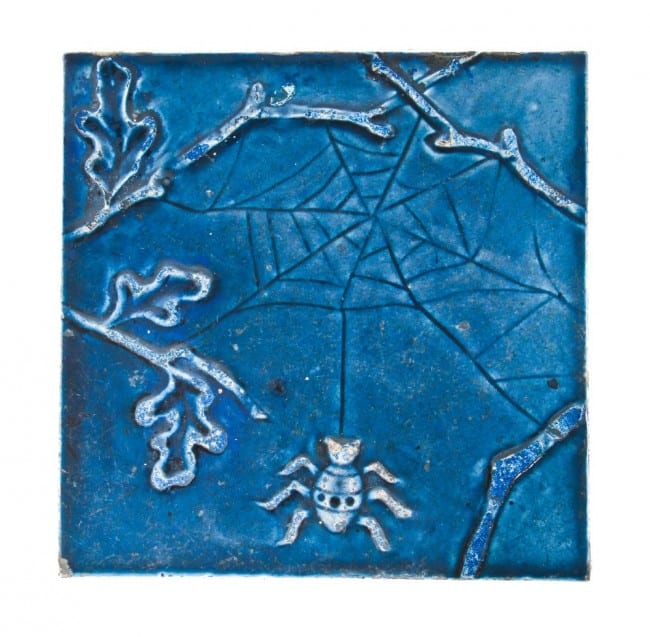
the doors, windows and cabinets were outfitted with mostly "oriental" pattern hardware fabricated by branford lock works. several cast brass hinges, rosettes, doorknobs, decorative mortise locks and so on were removed from the millwork original to the house.
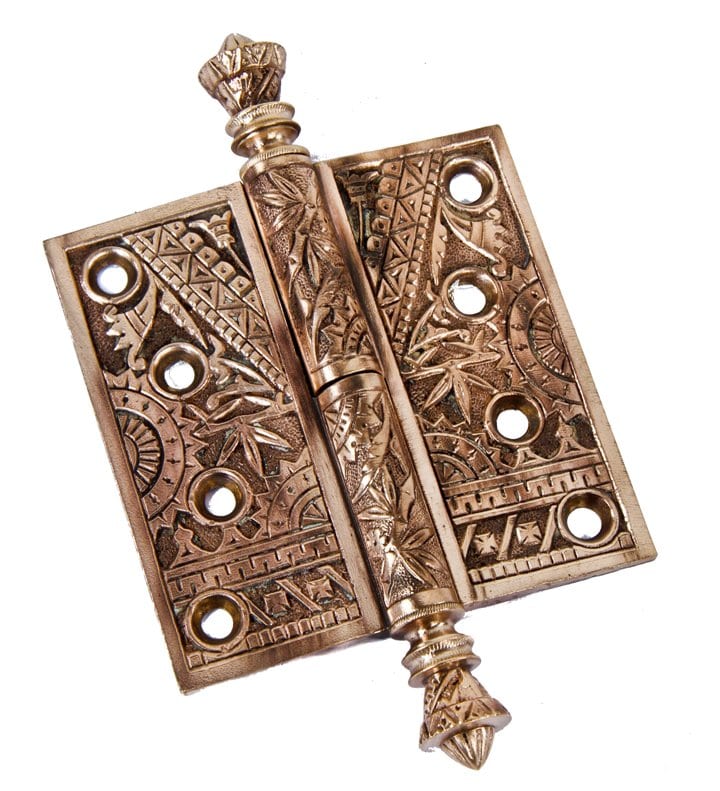
discovering six matching and heavily painted built-in cabinet "doggie" figural drawer pulls on the second floor was a bit unusual. the deep relief cast iron pulls are not found often, so it was a pleasant surprise to run across the drawer pulls during our walk-through inspection. with the removal of several coats of paint and a thorough cleaning, the doggie pulls turned out nicely. the exact fabricator is not known.
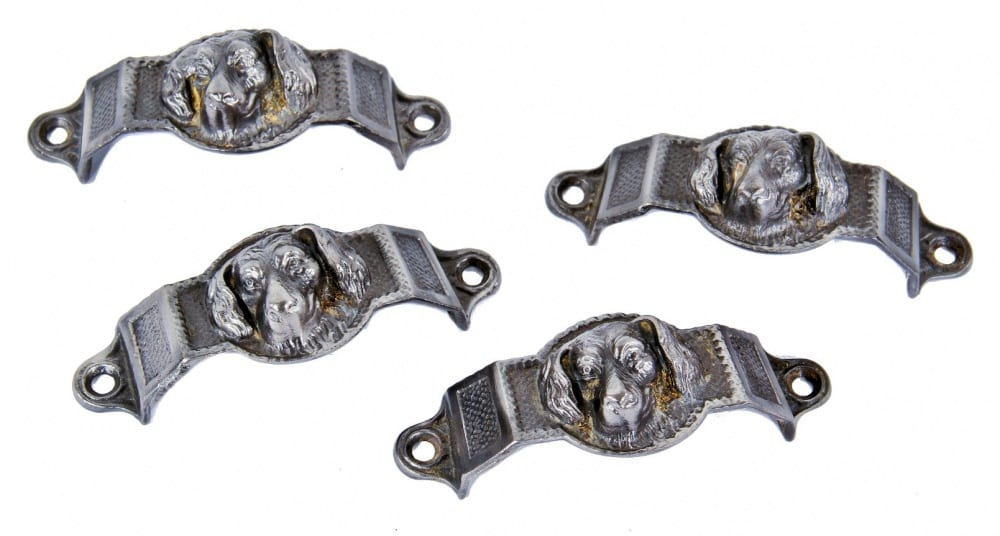
while my salvage crew went to work in the house after i developed the game plan, where i fully documented the interior and identified any and all artifacts to be removed, the wrecker and i headed outside to the vacant lot next the house where i managed to convince him to set aside some time to seek out privy pits. during our search it felt rather surreal to be working inches away from this giant steel bucket that scoops out large amounts of earth in an instant. in the back of my head i was thinking about digging out the wood-lined privy at the john kent russell house by hand and how much time and effort it took to accomplish what this machine can do in a matter of seconds. simply amazing. consider yourself "blessed" if you get a wrecker to work with you on this.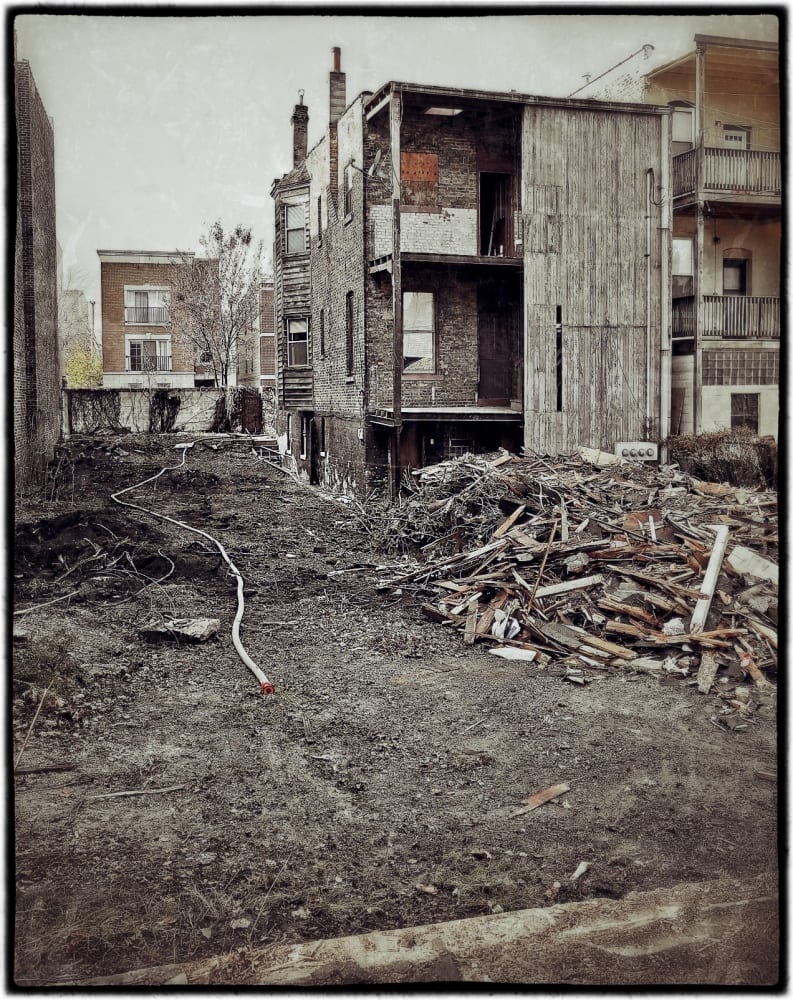
as i walked around with a makeshift map i created earlier after finding a few promising areas when prodding the soil with a makeshift steel rod probe, the wrecker rolled along side me high up in his cab. with a simple hand gesture, his massive machine would gracefully dig into the regions where i suspected privy or ash pits may likely be found. for a wrecker, time is incredibly precious, so i didn't have much time to fully prepare for this. in other words, i had to "wing it" onsite.
based on my knowledge from past experience and research, i directed the backhoe operator towards area where most privy pits are likely found; the back of the lot or along the property line. there were a few slightly sunken regions in unusual locations, but digging there only yielded some ash pits, with only shards of glass bottles and china.
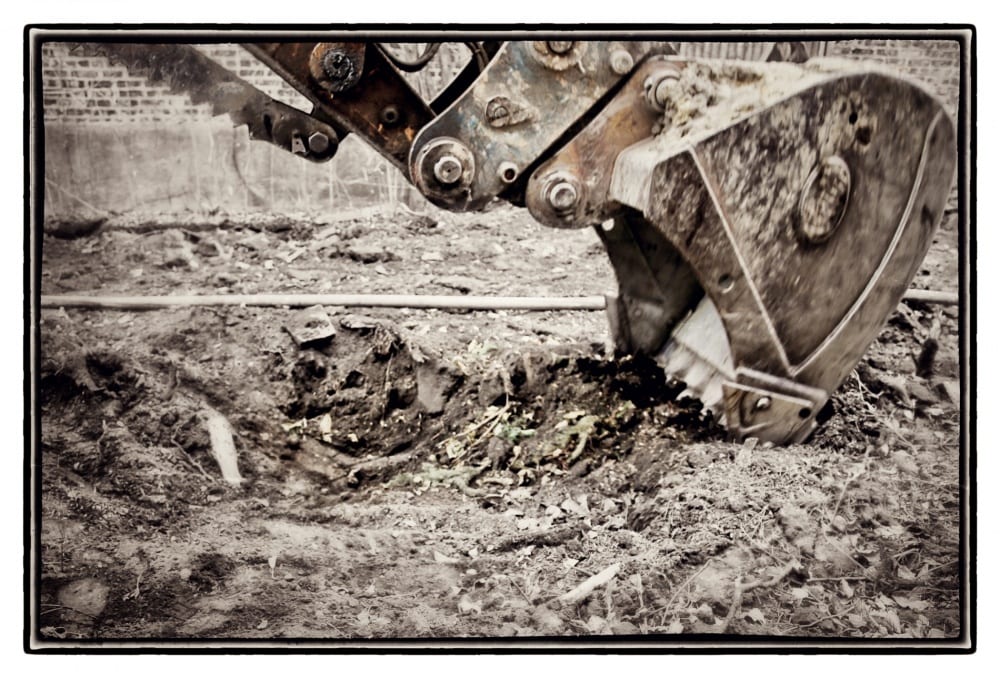

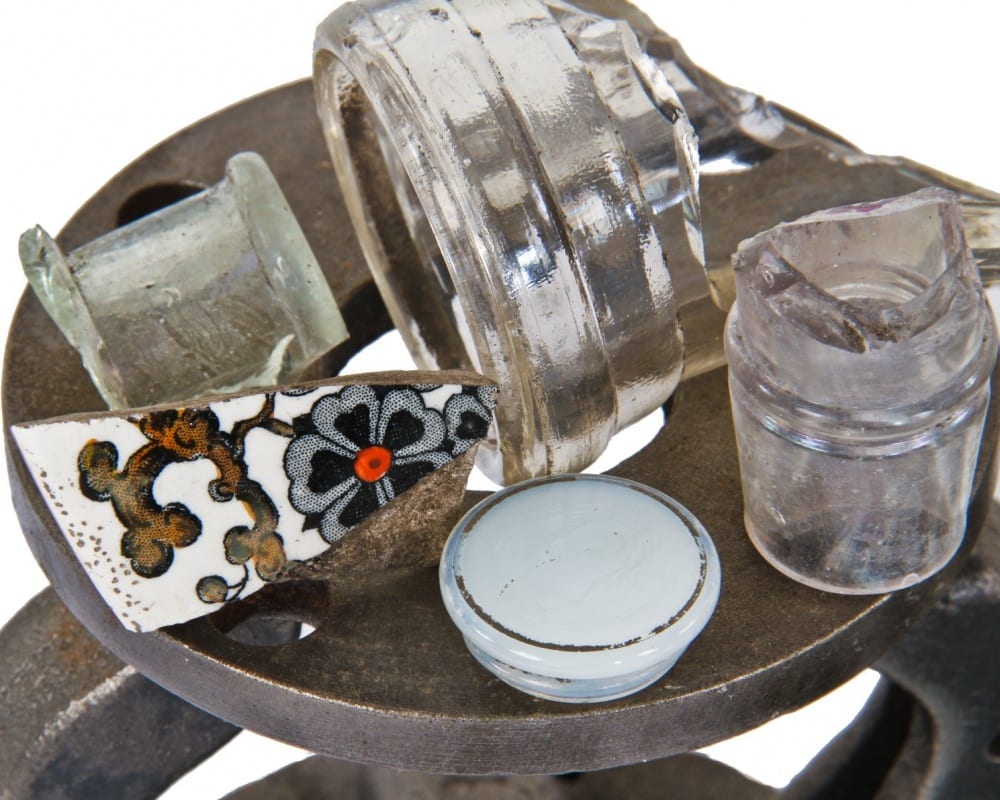
the back area where the garage was once located (demolished and cleared earlier in the morning) proved successful. there, i found the highest concentration of artifacts, including unbroken beer and medicinal bottles. most of the content dates to 1885-90, but we will revisit it when the wrecker excavates the two lots after the house is demolished. more to follow in upcoming posts.

This entry was posted in , Miscellaneous, Salvages, Bldg. 51, New Acquisitions & Bldg. 51 Feed on November 28 2014 by Eric
WORDLWIDE SHIPPING
If required, please contact an Urban Remains sales associate.
NEW PRODUCTS DAILY
Check back daily as we are constantly adding new products.
PREMIUM SUPPORT
We're here to help answer any question. Contact us anytime!
SALES & PROMOTIONS
Join our newsletter to get the latest information
























